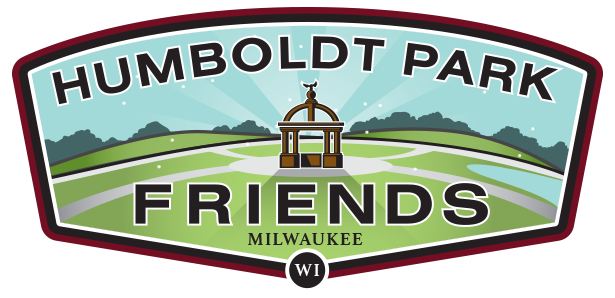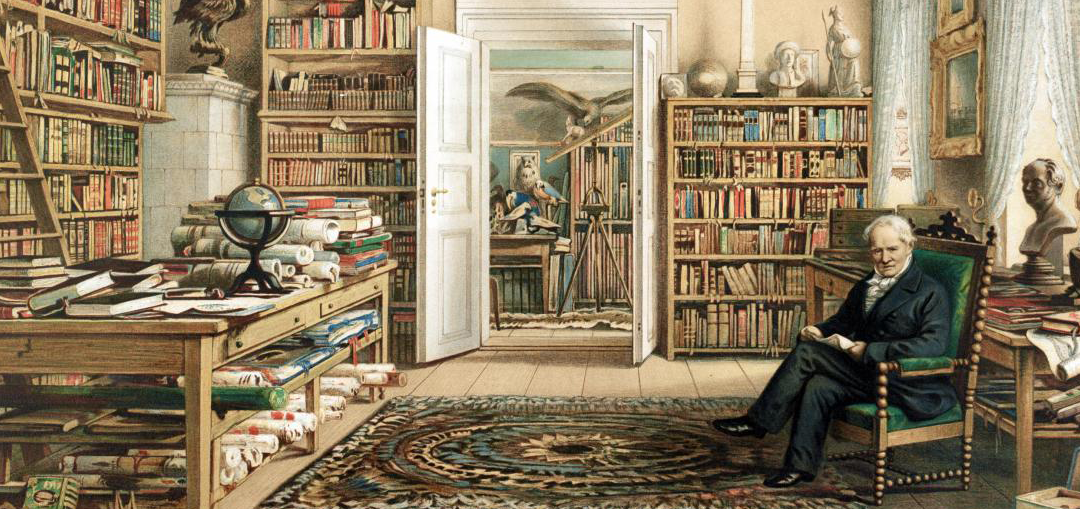On September 14, 1869, 15,000 in New York marched through Central Park with torches in celebration of the 100th anniversary of the birth of Alexander von Humboldt, the scientist and explorer for whom Humboldt Park is named. Similar events were held in Melbourne, Adelaide, Buenos Aires, Mexico City, Moscow, and Alexandria. In addition to New York, the U.S. celebrated von Humboldt’s contributions in San Francisco, Philadelphia, Chicago, Charleston, Cleveland, and Syracuse. President Ulysses Grant joined a crowd of 10,000 in Pittsburgh to honor the man.
Indeed, there are more places named for Alexander von Humboldt than any other person.
In the U.S., von Humboldt is probably best known for his visit with Thomas Jefferson in the early 19th Century at the end of his five-year exploration of Central and South America where he collected specimens of rock, plants, and animals. Jefferson heard that von Humboldt was going back to Europe and was staying in Cuba for a few months. An envoy invited the explorer to visit the President. On his way to North America, von Humboldt’s ship weathered serious storms that threatened the lives of all on board, still he forged on because of his desire to learn and share with others what he was learning.
There are many accounts of the more public discussions held with von Humboldt and national leaders in and around the President’s house. However, while little is known about the many private meetings held between the two men, records do show that he decried the enslavement of African people and the colonization of the Americas, praised the President’s love of science, and suggested that making North American bland by ignoring its natural wonders was misguided.
Around the world, Humboldt achieved his fame through inventions (e.g., better helmet lights for miners using a new shape of wick that he is said to have knit himself), experiments, and perspectives on science. Much of how we see nature today can be traced in some ways to Alexander von Humboldt. While the science of his time viewed animals and plants as machines and was engaged in classifying minerals, plants, and animals, von Humboldt explored the relationships among the species, including homo sapiens. In concert with others in the German Romantic Movement, he showed us that we are part of nature, in communion with it, and improved by it when we let ourselves become its engaged witnesses instead of being mere bystanders. In this, he saw humans in harmony with our natural environment.
As we recognize the 255th anniversary of Alexander von Humboldt’s birth, Humboldt Park Friends encourages all to come enjoy the park, witness its scores of trees, the lagoon, and wildlife.
Support us find more ways to be in harmony with nature and foster resilience.
For an excellent book on Alexander von Humbolt, see The Invention of Nature by Andrea Wulf, Vintage Books, 2015.



Illustration from a 1808 botanical volume of the 34-volume Voyage de Humboldt et Bonpland.

